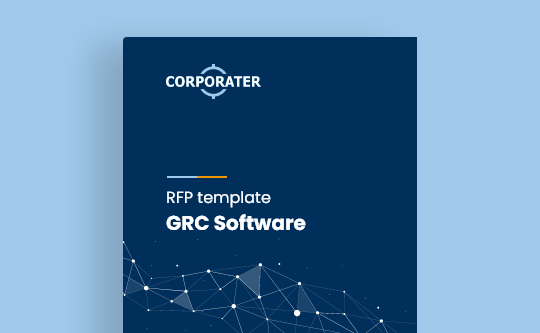Selecting the right software for your organization can be a challenging task, especially when it comes to enterprise performance management. The requirements can often be as unique as the business itself; full exceptions, special cases, and one-of-a-kind nuances. The very nature of performance management means that an ideal solution must be built to handle changes in internal requirements as well as ever-changing business conditions. The solution you implement this year may need to look very different in a few years as your business needs evolve. While there is a large volume of content available on the web regarding frameworks and best practices in selecting software, buyers of performance management software typically find very little helpful information.
The objective of this guide is to share practical software selection tips that you can use during your performance management software evaluation process.













